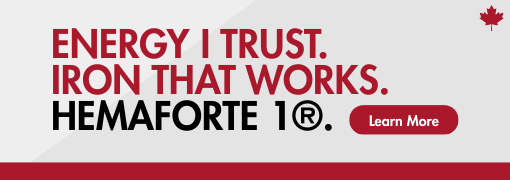-
A stroke is a sudden interruption of blood flow to the brain. Without the oxygen and nutrients carried by the blood, brain cells begin to die. The longer blood flow is interrupted, the greater the risk of permanent brain damage and death. There are two common types of stroke: Type of stroke What happens Ischemic stroke (80% of strokes) A blood clot blocks blood flow to the brain.
-
Every 10 minutes on average, a Canadian has a stroke. Could you be next? There are many things that increase your risk of a stroke (called stroke risk factors). Some are things you can't control: age over 65 male gender (women are also at risk after menopause) family history of stroke First Nations, African, or South Asian ancestry personal history of a stroke or TIA ("mini-stroke") Fortunately, there are also many things you may be able to control: Lifestyle issues: being overweight drinking too much alcohol (more than 2 drinks per day or 10 drinks per week for women or more than 3 drinks per day or 15 drinks per week for men) unhealthy diet (low in fruits and vegetables and high in sodium and saturated or trans fat) lack of physical activity smoking stress Medical conditions: atrial fibrillation diabetes high blood pressure high cholesterol Some people may have other risk factors not listed here.
-
A stroke happens when the blood flow to the brain is interrupted, usually in one of two ways: 1. A blood clot blocks blood flow to the brain. This is called an ischemic stroke. The blood clot may get into the brain by: forming in a brain blood vessel (thrombotic stroke) forming elsewhere in the body (such as the heart), and moving through the bloodstream to the brain (embolic stroke) OR 2.
-
Stroke warning signs Learn to recognize the warning signs of stroke. If you see them, respond immediately by calling 9-1-1 or your local emergency number. It can significantly improve survival and recovery. Weakness - Sudden loss of strength or sudden numbness in the face, arm or leg, even if temporary.
-
The effects of a stroke vary from person to person: some people die, others recover completely, but many have effects that could last a lifetime. Here's what could happen to you after a stroke: Death 15% Very severe disability (you will need long-term care) 10% Moderate-to-severe disability (you can function on your own but with difficulty) 40% Mild disability (your disability is inconvenient but does not have a major impact on your life) 25% Complete recovery 10% A stroke can affect many different parts of your life, depending on the areas of the brain that were damaged: Type of problem What could happen? How could this affect my life? Physical problems You could have weakness or paralysis along one side of your body, painful muscle spasms, vision changes (double vision or "blind spots"), difficulty swallowing, constant pain, poor balance, or a loss of fine motor skills (the ability to make small, precise movements).
Additional Resources

